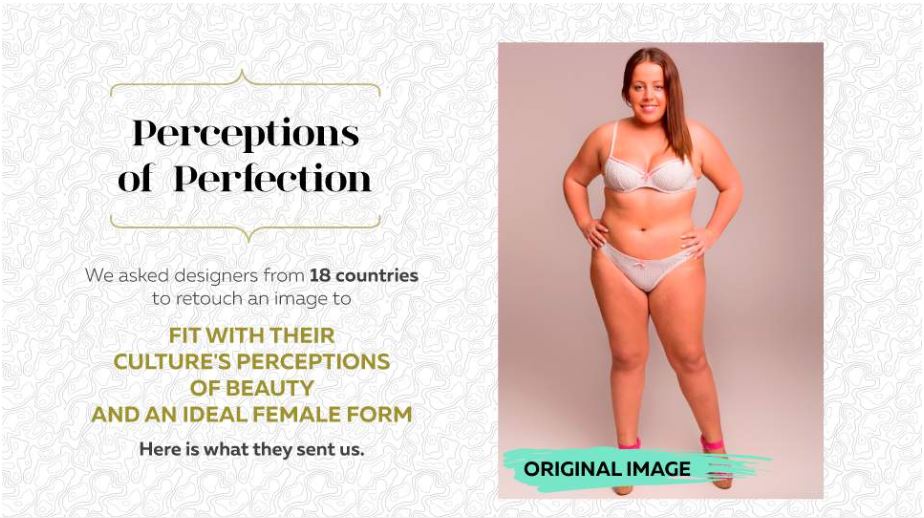Take a moment to think about that last thing you saw online that truly made you stop and say, “Wow.” Now think about where you found it and how you found it. Did a friend send you a direct link, or did you find it after bouncing around a few different sites? It’s likely the latter, and you saw it because whoever created and promoted the content knew you would find it there.
How brands communicate has changed. In the era of the 24/7 news cycle, it’s unlikely individuals are visiting your site directly. Instead, they’re finding their way through content you’ve published elsewhere — specifically through a detailed content marketing strategy that you created to answer their questions.
Content marketing remains a fantastic way to engage your audience because it takes the relationship-building strength of public relations and combines it with the sales-focused mindset of marketing to accelerate brand awareness and audience engagement via online publishers. But how your target audience finds this external content isn’t by chance; it’s the direct result of highly-target promotions cycle that you likely outlined while you created your content.
Why, then, do so many brands feel the need to choose one strategy over the other? Separately, both digital PR and content have their respective benefits. But when implemented together, each strategy becomes that much stronger than it would be on its own. In this post, we’ll take a closer look at digital PR and content marketing and reveal why combining the two is the best way to maximize your marketing budget.
The Difference Between Digital PR and Content Marketing
Establishing the differences between these two topics is crucial before we get into more detail about implementing those strategies.
Digital PR is the practice of interacting with online viewers and turning those readers into followers. The primary goal is to generate press and interest in your brand. Content marketing, on the other hand, is broader. Simply put, it involves the marketing of content and not necessarily the planning of an audience marketing plan.
Digital PR: The Art of Earning Trust and Forging Valuable Relationships
“It’s all about who you know.” It’s a phrase you hear all the time, especially in regards to your professional network, but it’s particularly true when it comes to your brand’s public relations strategy. Every PR professional knows that building and maintaining mutually beneficial relationships with members of the media is both the biggest challenge and most fruitful aspect of a public relations strategy. However, a lot has changed in how you connect with these gatekeepers to your target audience.
The New Face of Digital PR
An old-school PR strategy was all about building up your little black book of media contacts and schmoozing a journalist at the other end of the phone, but those days are long gone–particularly because audiences now expect to read about a breaking story as an event unfolds. As a result, a lot of journalists prefer to be pitched via email while some even take to Twitter for the latest scoop.
However, this also means that journalists are being pitched a lot more, and unfortunately, someone’s inbox isn’t always the most persuasive channel. Researchers at Northwestern University School of Law found that online communication like emails have a limiting effect on persuasion–which means in today’s world of ‘I want my news, and I want it now,’ you need to work twice as hard to break through a journalist’s cluttered inbox.
One way to get their attention? Continually pitch unique and engaging content. With truly great content, journalists will be more willing to connect with you and trust you–a must for success.
Content Marketing: Making Your Brand Engaging (and Visible) to the Right People
Although it’s hard to make any guarantees when it comes to content marketing, one thing is for sure: Blatantly promoting your brand will get your content rejected by any publisher, which is why some brands find it difficult to get their strategy off the ground. Success in content marketing requires a great deal of creativity and a lot of effort, but when you hit a home run the results are remarkable.
Consider our campaign for Superdrug, “Perceptions of Perfection” as a prime example of unique storytelling that relates to a wide range of audiences.
This campaign presented an artistic and appealing comparison among 18 different countries and encouraged a meaningful discussion about body image around the world.
The original story earned nearly 1 million social shares, with nearly 20 percent coming from on-site shares. Overall, it earned almost 600 pickups, including initial placements with BuzzFeed and The Huffington Post. as well as extensive international coverage. Some of the global publishers that picked up the story include Business Insider Australia, CNN Espanol, six additional versions of The Huffington Post, and even a spot on a Canadian morning show.
Digital PR and Content Marketing: The Perfect Partnership for Your Brand
Keep in mind that PR and content marketing share a common goal: Both strategies aim to create and amplify an engaging message that ties back to your brand. Integrating both strategies is one of the best ways to survive in an increasingly crowded digital space. If you can get a ton of industry leaders to share your content, your brand will look and sound that much stronger to much a larger audience–something that will definitely help drive your bottom line.






